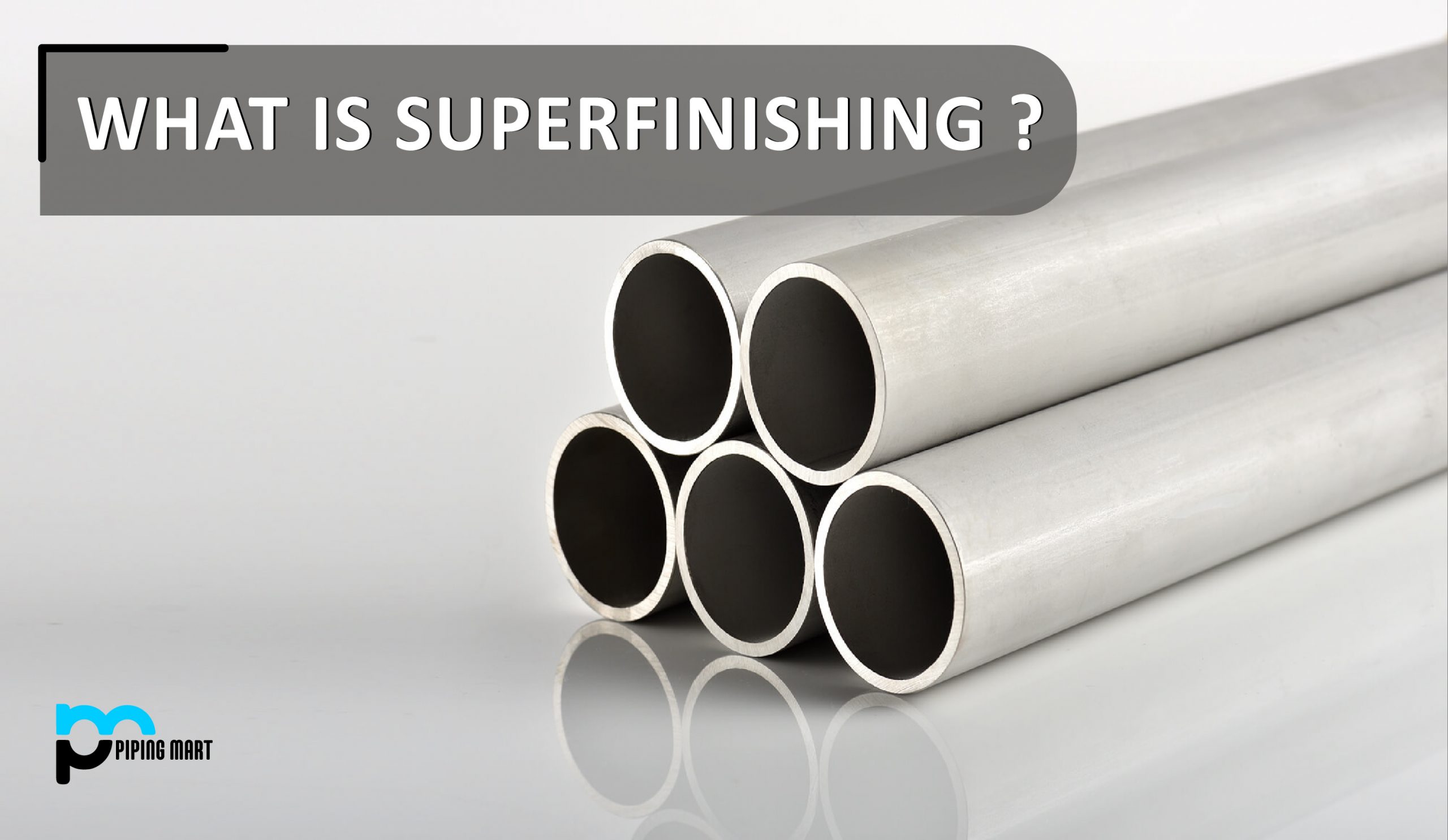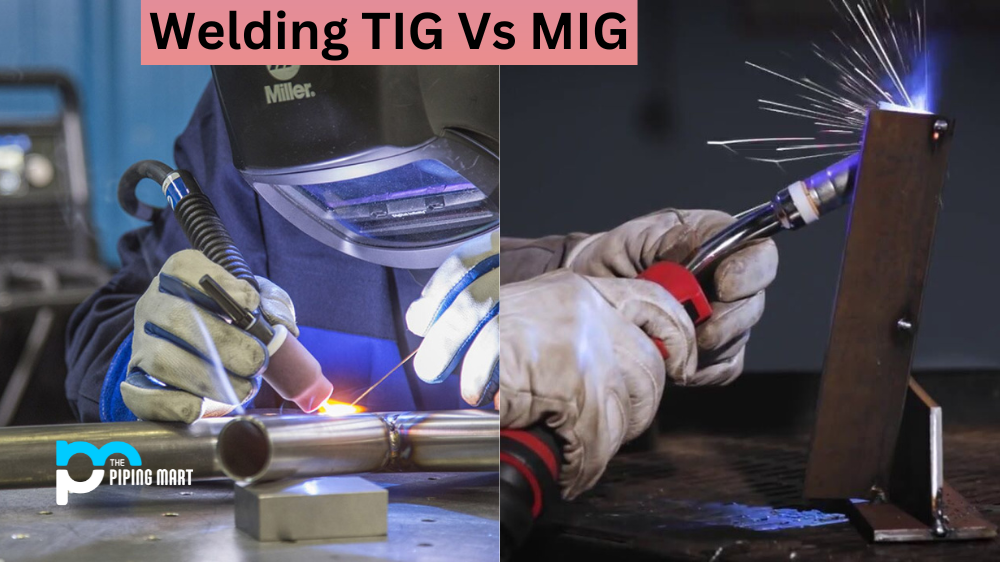If you’re in the manufacturing business, knowing how to use resistance butt welding can be essential to creating high-quality products. This type of welding is a process that involves joining two pieces of metal together by applying pressure and heat at the same time. The goal is to create a strong bond between the metals without compromising their integrity. Let’s explore why resistance butt welding is so popular, what it is used for, and how it works.
What is Resistance Butt Welding?
Resistance butt welding is a popular process used by metal fabricators and welders to join two metal pieces together with the help of heat and pressure. During this welding process, an electrical current passes through the metal parts being joined, generating heat that melts both pieces’ edges to form a strong bond when cooled. This method is often used for creating high-strength joints in metals like aluminium, copper, and steel. Advantages of resistance butt welding include:
- Good joint strength.
- High corrosion resistance.
- Cos t-effectiveness.
- Its suitability for thin sheet metals and heavier structural members.
It is suitable for various industries ranging from aerospace to automotive components manufacturing.
Resistance Butt Welding Uses
Resistance butt welding is a versatile process for various materials, including stainless steel, aluminium, copper, titanium, and iron. It’s also commonly used in aerospace applications because it creates a joint with no surface gaps or imperfections. This makes it perfect for building components that require high strength and precision, such as aircraft wings or fuselages.
How Resistance Butt Welding Works
In resistance butt welding, two pieces of metal are placed against one another with an electrical current running through them. As the current passes between them, the friction causes heat to build up at the contact points between them, which melts both pieces simultaneously. When pressure is applied during this melting process, the metals form a single part with no gap.
The amount of heat generated during this process depends on several factors, including the type and thickness of the metal being welded and how much voltage is applied to the joint. With proper technique and practice, however, consistent results can be achieved every time, making it ideal for industrial applications where accuracy and repeatability are essential.
Conclusion:
Resistance butt welding has been around since World War II and is a vital tool in many manufacturing processes. Its versatility makes it suitable for a wide range of materials, while its accuracy ensures that every weld meets exact specifications every time. With proper technique and practice, anyone can learn how to use this robust welding process to produce high-quality parts quickly and efficiently!
Meet Heer, a dynamic and driven writer learning tricks of her trade in the metal industry. With a background in Digital Marketing, Heer brings a unique perspective to her writing, sharing valuable insights. Apart from blogging she like reading and hiking.




